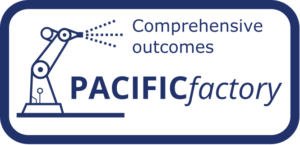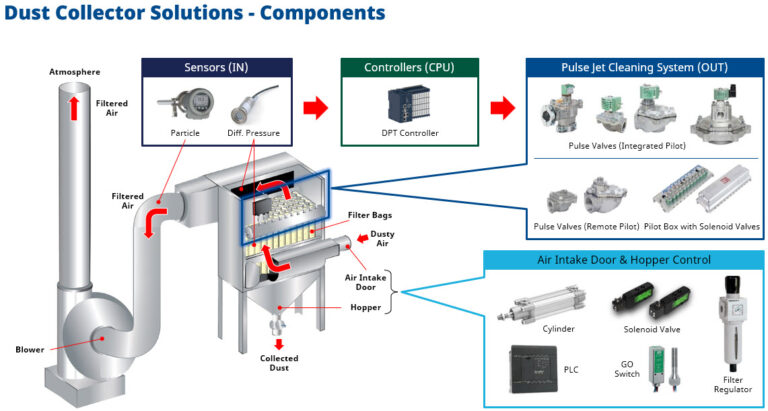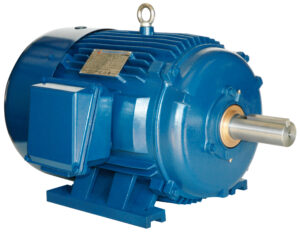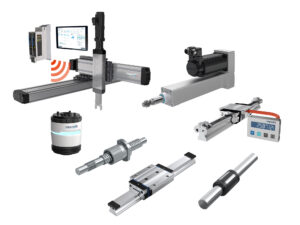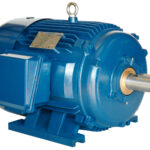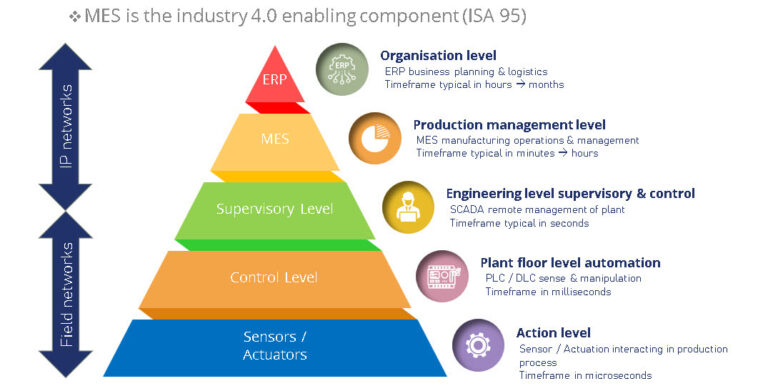PACIFICfactory’s complete Dust Collector Portfolio combines top-tier technology with advanced data analytics and visualization to support the entire system
Design Considerations
- Productivity
- Energy & emissions
- Cost reductions
- Reliability
Overview
A baghouse, also known as a baghouse filter, bag filter, or fabric filter, is an air pollution control device and dust collector that removes particulates or gas released from commercial processes out of the air. Power plants, steel mills, pharmaceutical producers, food manufacturers, chemical producers and other industrial companies often use baghouses to control emission of air pollutants. Baghouses came into widespread use in the late 1970s after the invention of high-temperature fabrics (for use in the filter media) capable of withstanding temperatures over 350 °F (177 °C).
Methodology
Baghouses are very efficient particulate collectors because of the dust cake formed on the surface of the bags.
The fabric provides a surface on which dust collects through the following four mechanisms:
Inertial collection
Dust particles strike the fibres placed perpendicular to the gas-flow direction instead of changing direction with the gas stream.
Interception
Particles that do not cross the fluid streamlines come in contact with fibres because of the fibre size.
Brownian movement
Submicrometric particles are diffused, increasing the probability of contact between the particles and collecting surfaces.
Gravitational settling
Larger particles settle to the bottom of the baghouse.
Solution description
Baghouses are typically made up of a housing, a filter media, and a cleaning system. The housing is typically made of steel or concrete and contains the filter media. The filter media is typically made of woven or felted fabric, and it is arranged in a series of bags. The cleaning system is used to remove the dust cake from the bags. There are a variety of cleaning systems available, including shaking, pulsing, and reverse air.
Baghouses are a very effective way to control air pollution, and they are used in a wide variety of industries. They are a reliable and cost-effective way to remove particulates from the air, and they can help to protect human health and the environment.
Benefits of baghouses
- Very efficient at removing particulates from the air.
- Reliable and cost-effective way to control air pollution.
- Can be used in a wide variety of industries.
- Safe and environmentally friendly way to remove particulates from the air.
Limitations of baghouses
- Can be large and expensive to install.
- Require regular maintenance to remove the dust cake from the bags.
- Can be susceptible to plugging, which can reduce their efficiency.
Conclusion
Overall, baghouses are a very effective way to control air pollution. They are reliable, cost-effective, and can be used in a wide variety of industries. However, they can be large and expensive to install, and they require regular maintenance.
PACIFICfactory support
PACIFICfactory support a holistic baghouse management solution that can self-clean filters, measure particles in various section in the system and emitted to atmosphere and also monitor filter condition such as tears.
